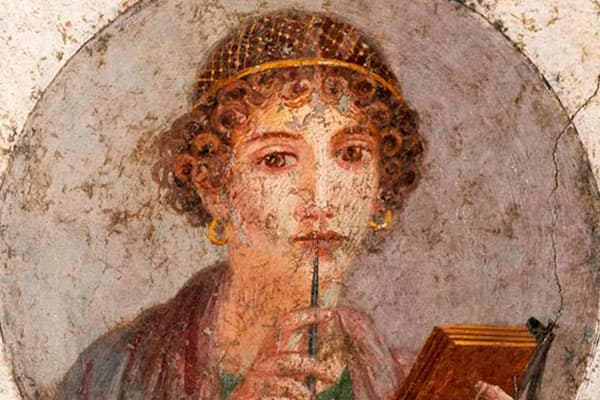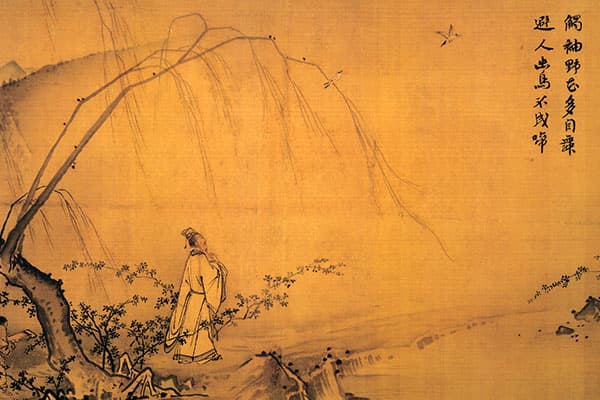Zhang Zeduan · Along the River During the Qingming Festival
c.1085 – 1145 – Ink and color on silk (handscroll) – Palace Museum, Beijing
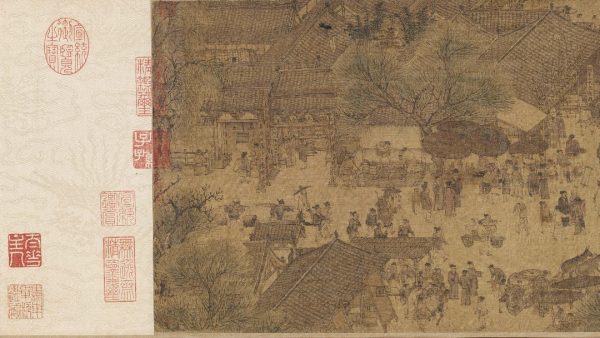
Zhang Zeduan – Along the River During the Qingming Festival – 001 – 1085-1145 – Ink and color on Silk Palace Museum – Beijing
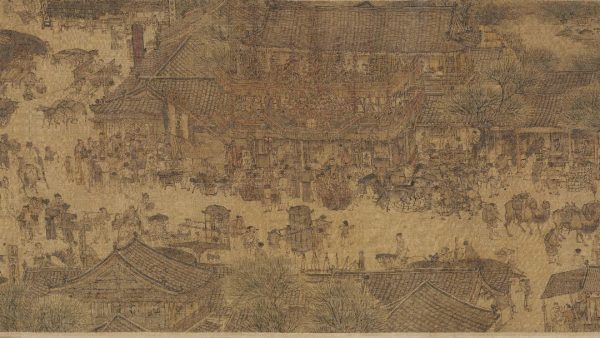
Zhang Zeduan – Along the River During the Qingming Festival – 002 – 1085-1145 – Ink and color on Silk Palace Museum – Beijing
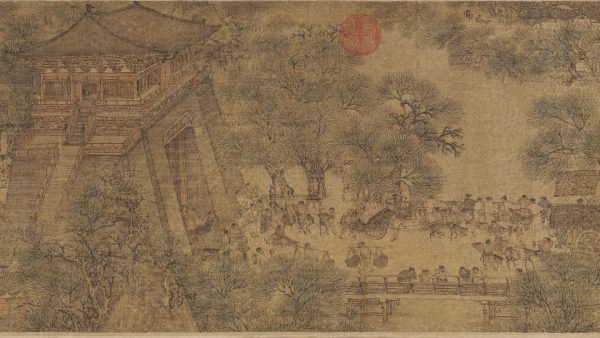
Zhang Zeduan – Along the River During the Qingming Festival – 003 – 1085-1145 – Ink and color on Silk Palace Museum – Beijing
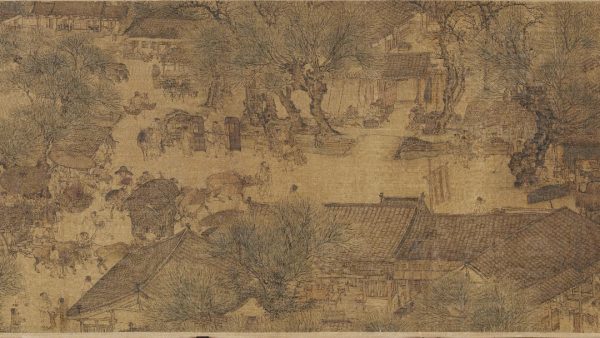
Zhang Zeduan – Along the River During the Qingming Festival – 004 – 1085-1145 – Ink and color on Silk Palace Museum – Beijing
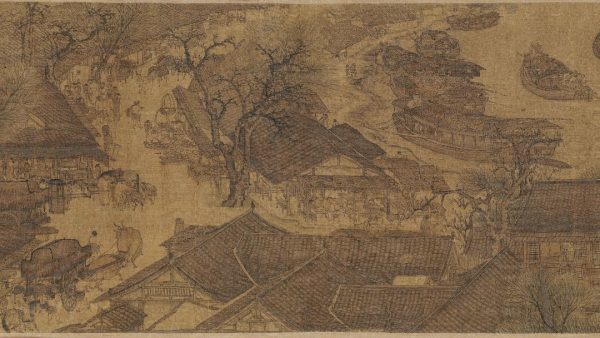
Zhang Zeduan – Along the River During the Qingming Festival – 005 – 1085-1145 – Ink and color on Silk Palace Museum – Beijing
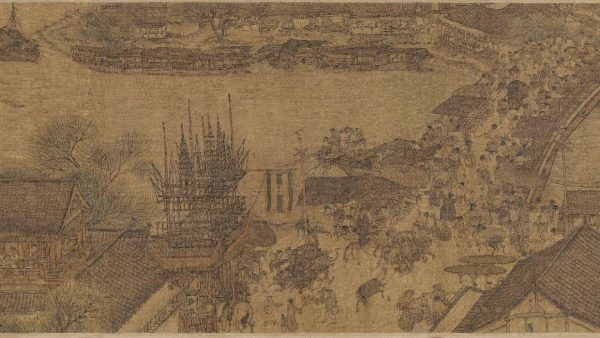
Zhang Zeduan – Along the River During the Qingming Festival – 006 – 1085-1145 – Ink and color on Silk Palace Museum – Beijing
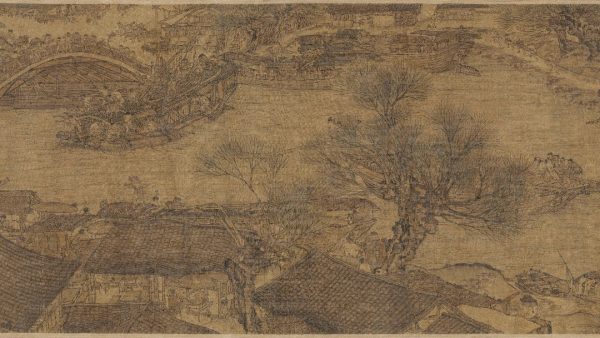
Zhang Zeduan – Along the River During the Qingming Festival – 007 – 1085-1145 – Ink and color on Silk Palace Museum – Beijing
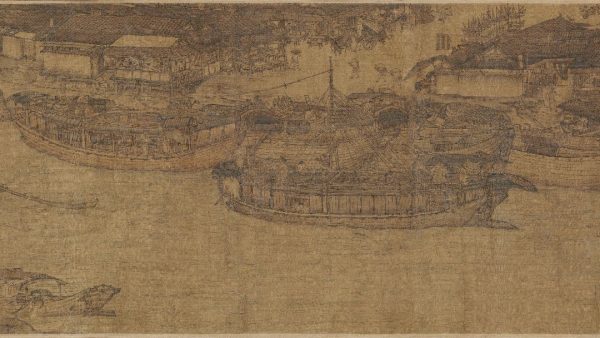
Zhang Zeduan – Along the River During the Qingming Festival – 008 – 1085-1145 – Ink and color on Silk Palace Museum – Beijing
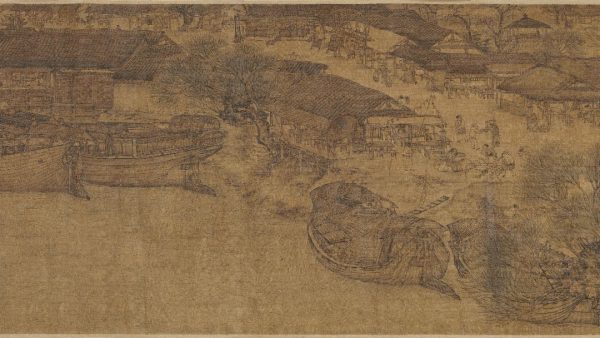
Zhang Zeduan – Along the River During the Qingming Festival – 009 – 1085-1145 – Ink and color on Silk Palace Museum – Beijing
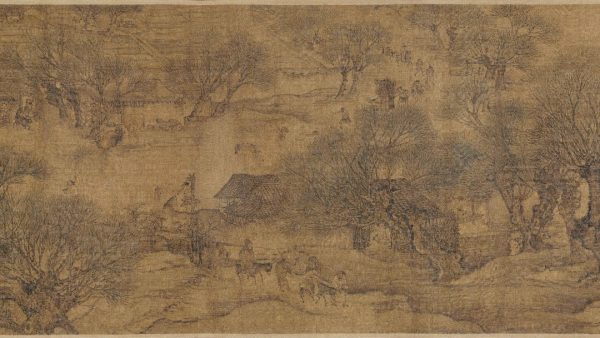
Zhang Zeduan – Along the River During the Qingming Festival – 010 – 1085-1145 – Ink and color on Silk Palace Museum – Beijing
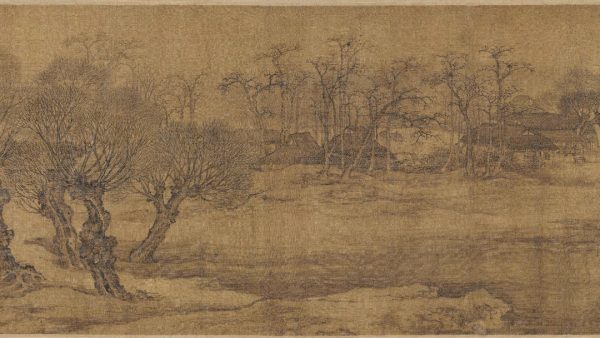
Zhang Zeduan – Along the River During the Qingming Festival – 011 – 1085-1145 – Ink and color on Silk Palace Museum – Beijing
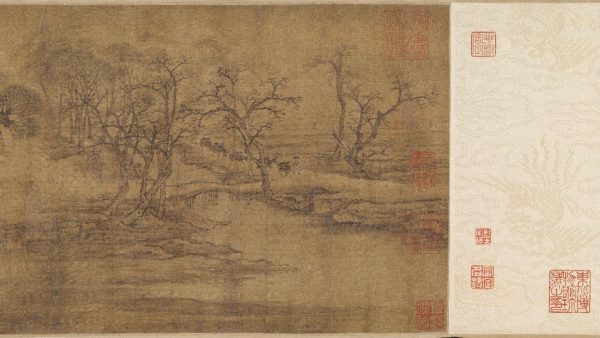
Zhang Zeduan – Along the River During the Qingming Festival – 012 – 1085-1145 – Ink and color on Silk Palace Museum – Beijing
During the Song Dynasty (960-1279), Chinese painting achieved an exceptional development. The popularization of hanging scrolls allowed new advances in the representation of the landscape, and the shan shui (Chinese landscape painting) flourishes in the works of artists like Fan Kuan, Guo Xi or Li Cheng. In addition, the new Emperors became interested in the artistic expression, especially Emperor Huizong of Song, painter, musician and poet, who turned his court into a paradise for artists.
All this reached its zenith in “Along the River During the Qingming Festival” by Zhang Zeduan (1085 – 1145), often considered the greatest masterpiece of Chinese painting, a work that has been described as “China’s Mona Lisa”.
It is an impressive work, both in scale (over 5 meters long) and quality. All 814 human figures –teachers, officials, peasants, carpenters…- are painted with the same care and attention to detail. The representation of architecture is meticulous and refined. And the landscape painted on the farthest right of the scroll ranks among the finest from the Song Dynasty.
As with many other masterpieces of painting, the value of “Along the River During the Qingming Festival” goes beyond the merely artistic aspect, being an essential document for the understanding of the life and culture during the Song Dynasty.
Text: G. Fernández, theartwolf.com
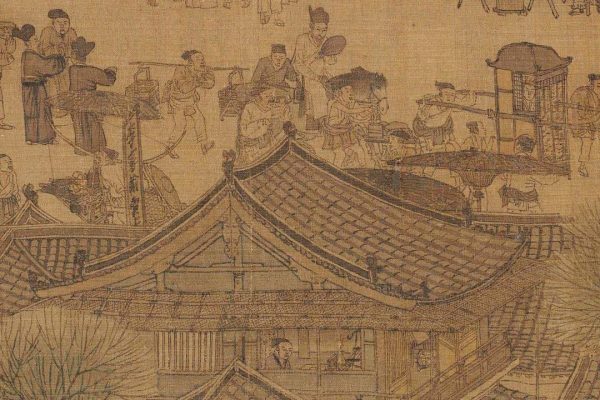
Zhang Zeduan – Along the River During the Qingming Festival – Detail-001
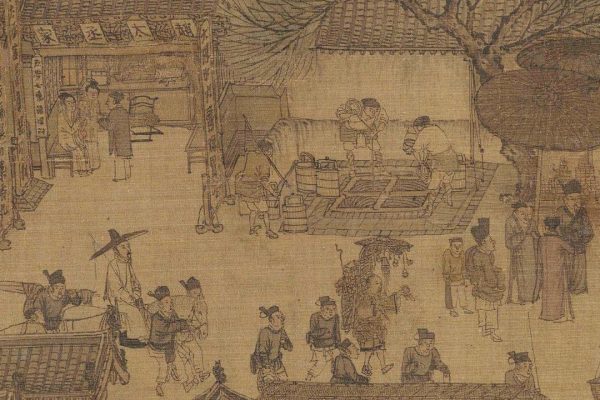
Zhang Zeduan – Along the River During the Qingming Festival – Detail-002
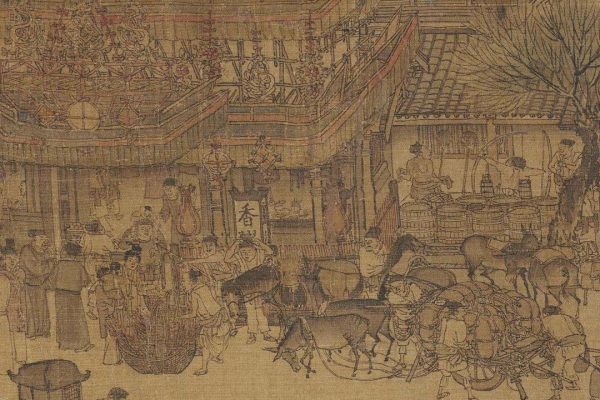
Zhang Zeduan – Along the River During the Qingming Festival – Detail-003
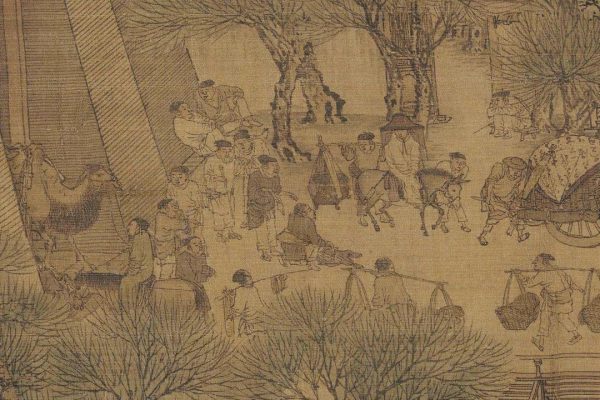
Zhang Zeduan – Along the River During the Qingming Festival – Detail-004
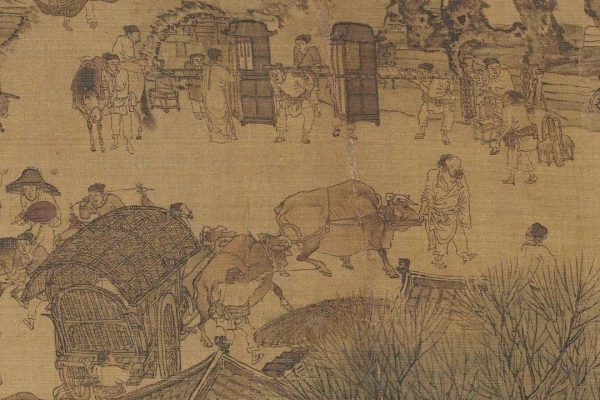
Zhang Zeduan – Along the River During the Qingming Festival – Detail-005
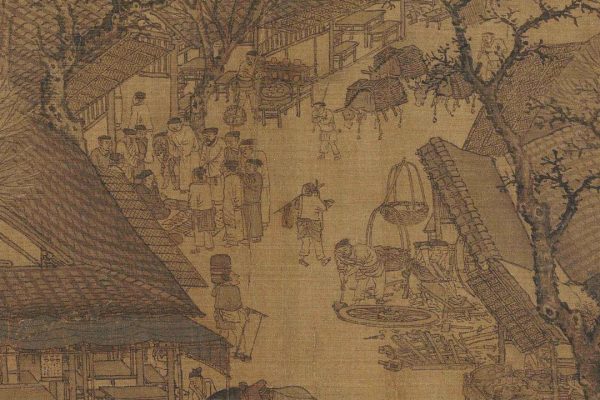
Zhang Zeduan – Along the River During the Qingming Festival – Detail-006
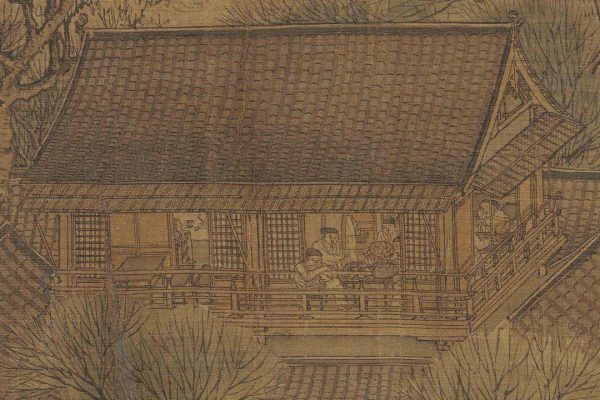
Zhang Zeduan – Along the River During the Qingming Festival – Detail-007
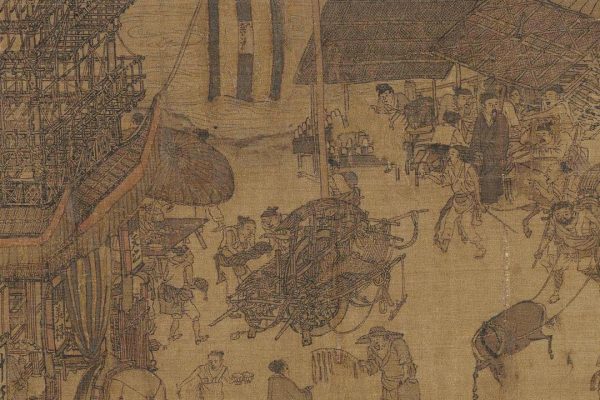
Zhang Zeduan – Along the River During the Qingming Festival – Detail-008
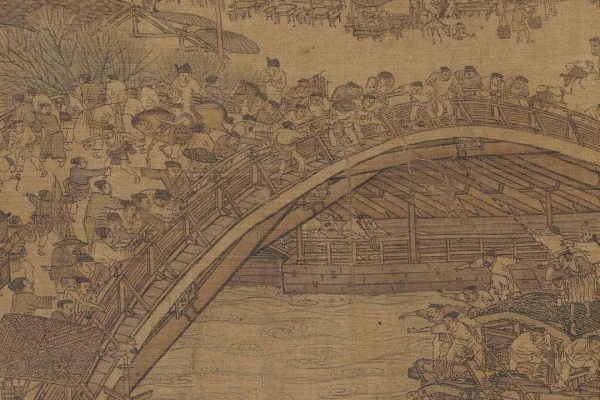
Zhang Zeduan – Along the River During the Qingming Festival – Detail-009
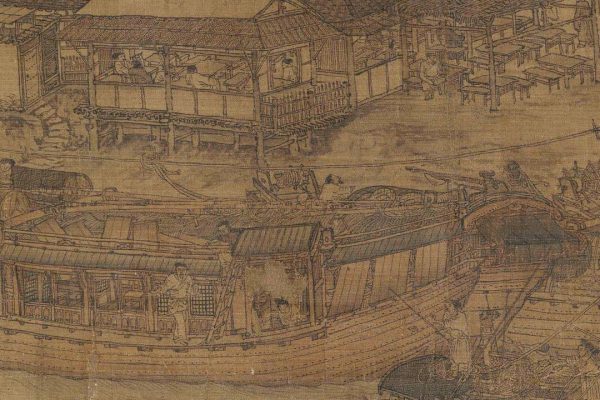
Zhang Zeduan – Along the River During the Qingming Festival – Detail-010
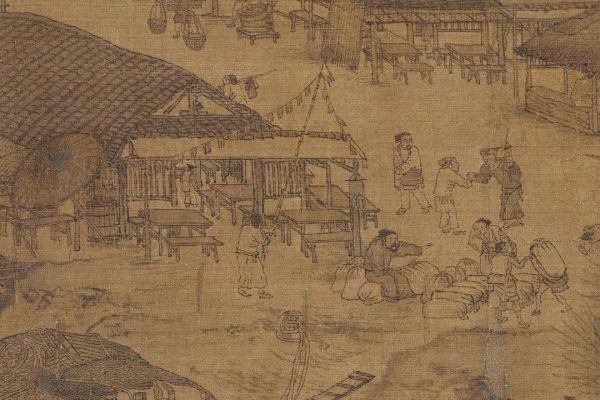
Zhang Zeduan – Along the River During the Qingming Festival – Detail-011
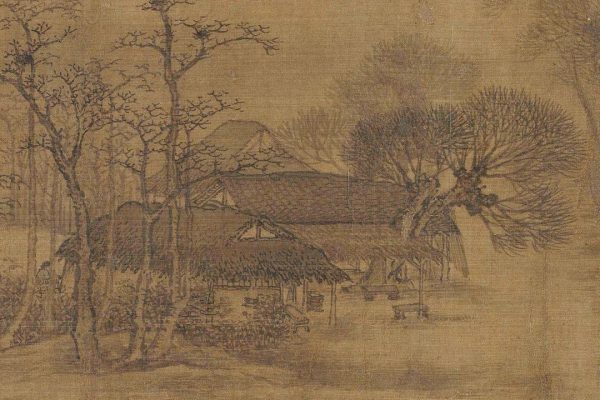
Zhang Zeduan – Along the River During the Qingming Festival – Detail-012

























